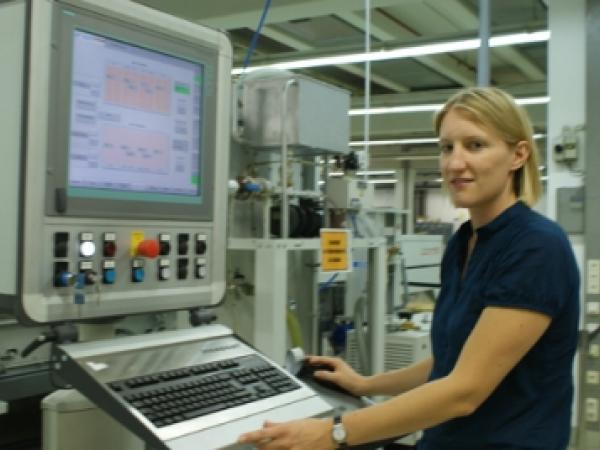
Date: 16 September 2016
With previous work having focused on maximising protection against the DESERT conditions faced by solar panels installed in desert environments, future developments will look at how glass might be used to further minimise the damage of productivity caused by the exceedingly testing climates of the planet’s desert areas.
Effectively managing the impact of the desert environment on solar power production is of highest importance – these are, after all, the areas of the planet that experience the most powerful sunlight – and J. v. G. Thoma’s future work aims to produce a type of self-cleaning glass that will allow the DESERT modules to generate more energy per year than was previously possible over a very long periode (20 years and more).
This new glass is intended to offer the DESERT module unprecedented resistance to particularly dry and dusty conditions and will bring with it an increase in annual energy yield. It should also be noted that self-cleaning glass will reduce the need for manual human maintenance to be performed on J. v. G. DESERT modules, drastically reducing running costs for service users in the long run.
If the existing product development carried out by J. v. G. Thoma can be taken as indicative of future results, then there is certainly cause to be optimistic about the prospect of success down the line.
Previous work on refining cell quality has focused on lamination and optimising operational performance on junction boxes and has led to DESERT solar panels capable of delivering desirable energy output in some of the planet’s most unforgiving environments.
The advent of this new self-cleaning glass and the associated benefits will improve what is already a hugely effective piece of DESERT solar technology by eliminating a significant proportion of the obstacles to generating renewable energy in the desert.
J. v. G.’s proprietary DESERT technology currently boosts the ability to operate effectively in constant temperatures of 125°C whilst being completely free of the kind of PID (potential-induced degradation) that can reduce power output at these higher temperatures.
With these modules already able to offer an estimated 5% - 50% more power than the conventional alternatives, the potential for further increases in yield through refinement of the glass used during manufacturing is one that is very real, and very exciting.
 600450
600450

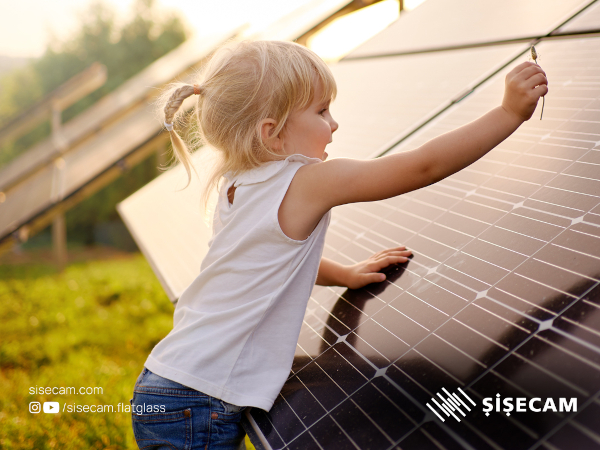


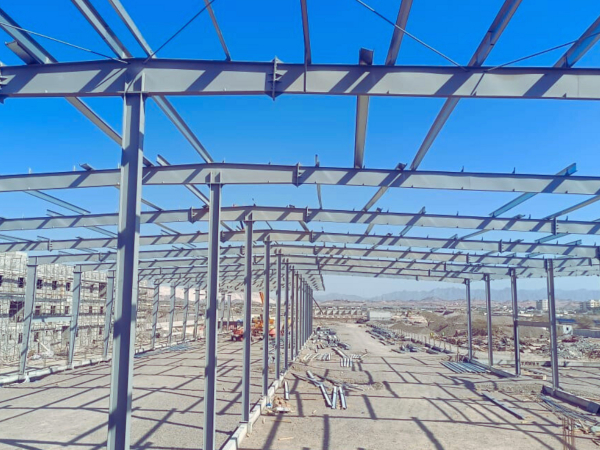









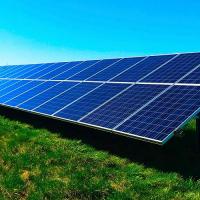


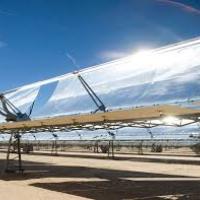
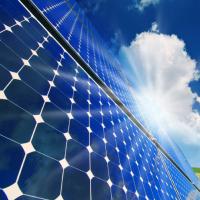

Add new comment